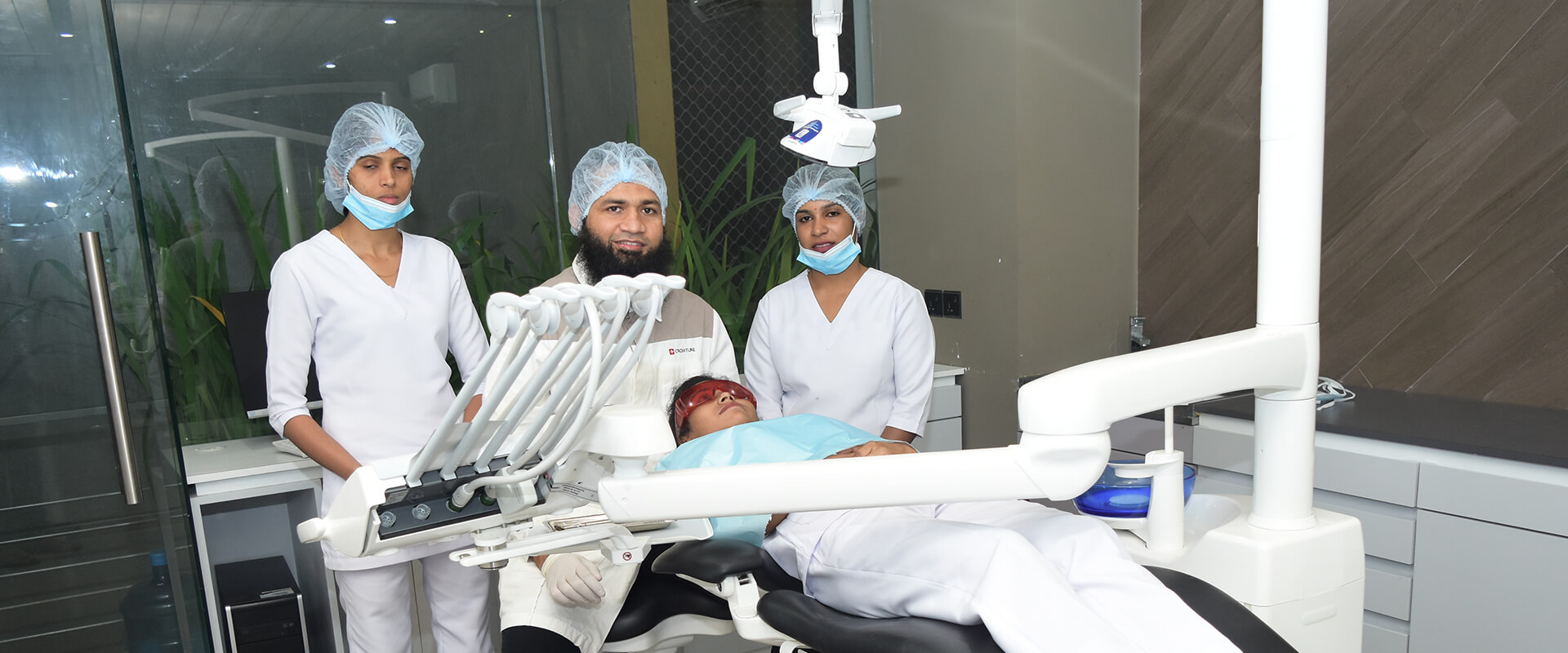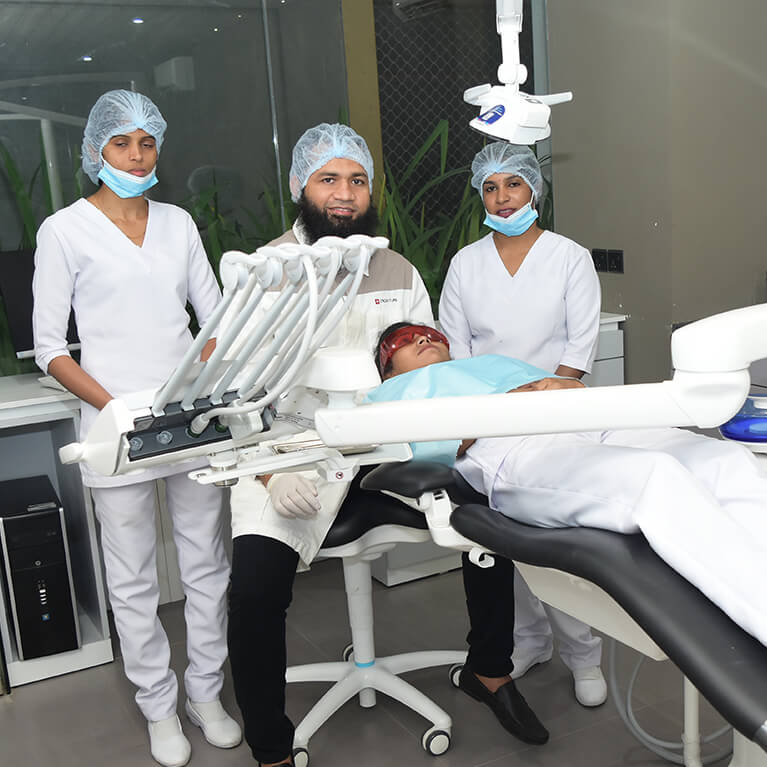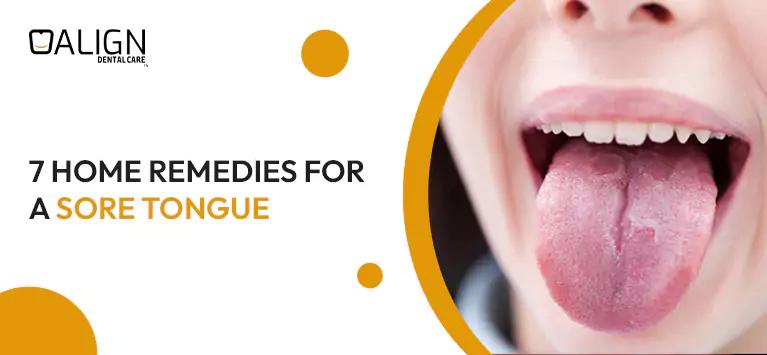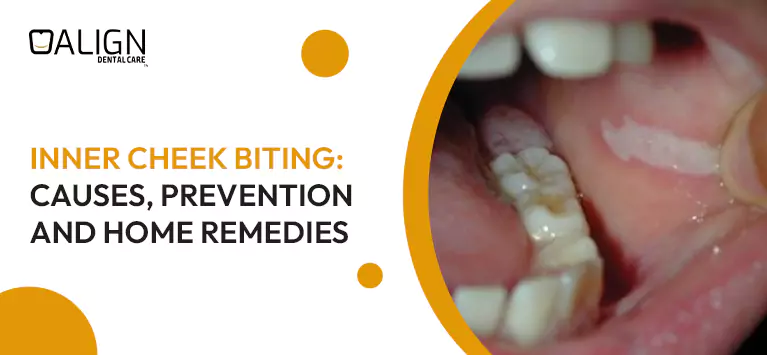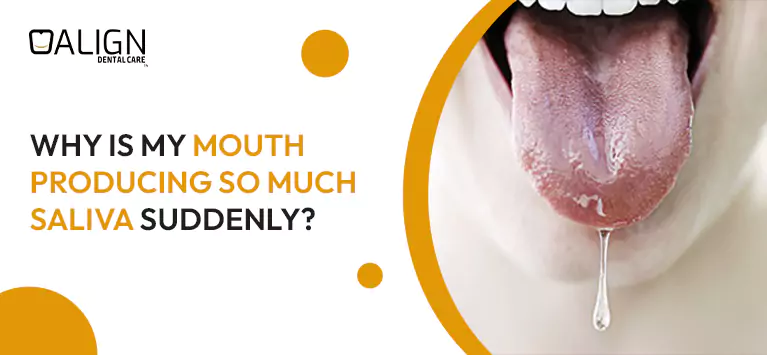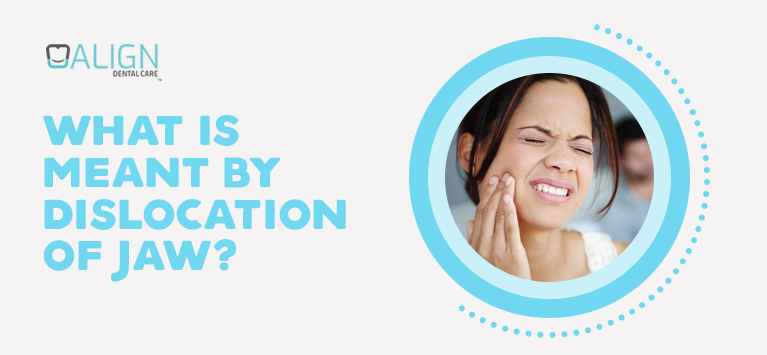
If you neglect jaw dislocation now, it will hurt you later
Jaw dislocation or dislocated jaw happens when the lower part of the jaw moved out of its normal position. The lower jaw, also known as Mandible, forms the lower part of our skull and is connected with four muscles namely masseter, temporal, medial pterygoid, and external pterygoid. Each muscle occurs in pairs and each one of them appears on either side of the skull. This joint is termed as Temporomandibular Joint (TMJ) that allows jaw bone movement from side to side.
When the joint is mutilated due to facial injuries or accidents, it will either get fractured or dislocated. Sometimes, the dislocated mandible occurs when a person opens his/her mouth too wide. You might read a lot of things about a broken or fractured jaw.
In this article, we have highlighted jaw bone dislocation.
What are the symptoms of dislocated jaw?
When the jawbone is fractured, it causes pain, bleeding, and inflammation. Few persons encounter difficulties in breathing also. When the lower jaw is pulled away from TMJ, it also causes pain and swelling. However, it causes some discomforts that are different from a broken jaw as follows:
- Stiffness in the jaw
- Difficulties in moving the jaw
- Overbite or underbite
- Excessive drooling
- Difficulties in speaking
- Excessive mouth breathing
When should you visit a dentist?
Despite dislocated jaw causing fewer difficulties than a fractured jaw, you should seek immediate medical attention. This is because jawbone dislocation will trouble you in the future even though it heals quickly.
In the meantime, don’t try to put the disturbed jawbone in its place yourself.
How does a dentist treat dislocated jaw?
Dentists diagnose whether the jaw bone is fractured or dislocated with a physical examination and using radiograph imaging systems. For simple cases, the dentist would manipulate the jaw back to its actual position manually. It is called manual reduction.
In manual reduction, the dental doctor would push the jaw downward and backward using his fingers to move the lower jawbone to correct position. As it is performed under local anesthesia, you would not encounter any pain.
In some cases, the dentists put a supportive bandage around the patient’s head and jaw. The patient should wear it for a few days. It is because the patients should not open their mouths wide for a few months after the treatment. The barton bandage helps in restricting those excessive jaw bone movements.
Dentists prefer orthognathic surgery (also known as corrective jaw surgery) for more complex or critical cases.
Jaw dislocation self-care tips
Keep in mind that when you sense acute discomforts around your mouth after a physical assault in your face, your might have fractured or dislocated jaw bone. In such cases, hold the jaw in place with a bandage until you visit a nearby dentist.
Similarly, you should maintain a few aftercare activities following the in-office treatments to relax the muscles during the healing process.
- Eat soft foods
- Cold compress
- Avoid chewing gums for some days
- Avoid teeth grinding and clenching
- Wear a mouthguard while sleeping if have sleep bruxism
- Take prescribed OTC medications control pain
Accidental falls, sports injuries, and other possible causes of jaw bone injuries are inevitable but you can protect your jaw bone to a great extent. All you want to do is, maintain the precautionary activities like wearing mouthguards while playing, wearing helmets while driving, and so on.





